Colon, which is the last elements of the digestive system, is very important. It has a diameter of 2.5 inches and length ranging from 5 to 5.5 feet. Intestinal flora, the bacteria that work for our benefit, is also located in the colon and it causes the fermentation of the undigested foods. Also, colon helps the reabsorption of water found in the waste, removal of stool and the digestion waste material, and absorption of the some vitamins and electrolytes. As you can see, the digestive system depends to a great extent on the colon and in the following lines, we will talk more about this part of the digestive system.
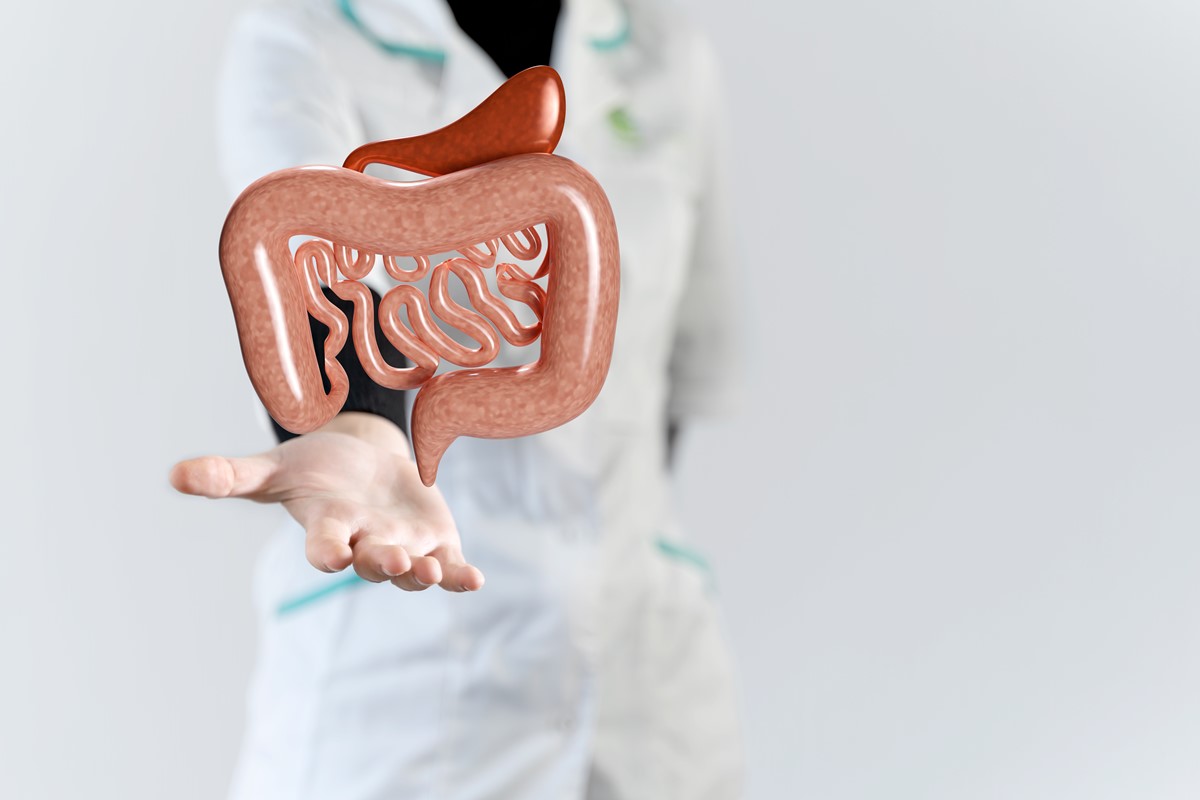
Location and Structure
There are four sections of the colon and those are sigmoid, descending, transverse and ascending colon. Colon is placed between the rectum and the caecum and it is a part of the large intestine, whole first part is the caecum. Caecum attaches the last region of the small intestine and the colon and at the ending of it, at the lower right area of the abdominal cavity, colon starts and goes down until it reaches the level of the hepatic flexure or liver. The portion just mentioned is long around 25 cm and this is the ascending colon. Then the colon goes left and goes over the abdominal cavity. Transverse colon is the name for this part of the colon. The descending colon then starts and it goes down to the left from the splenic flexure, or the spleen level. Then, comes the area of the colon shaped as the letter S, which is called sigmoid colon, and it ends before the rectum.
Functions
The most important responsibilities are maintenance of water level in the body, reabsorption of waste water and storing of the waste material. Also, it is a home for beneficial microorganism that causes fermentation of the unabsorbed and undigested material and the synthesis of folic acid and other essential nutrients. They control the pH level in the body and the growth of the dangerous bacteria. This part of the large intestine absorbs vitamins K, B and some other very important vitamins and electrolytes.
But removal of the toxic material as feces or stool is the most important function of the colon. When the stool starts to move, at the beginning it is liquid, and once it starts to go through the colon, water is absorbed from the stool, which is why at the end it is semi-solid. The muscle of the colon contract and this is how stool is removed. Also, the water from the stool is absorbed by the colon as it goes through the colon. At the end of the road, sigmoid colon muscles contract and stool goes in the rectum.



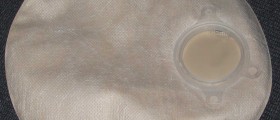
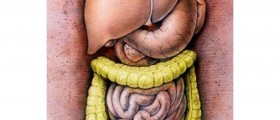
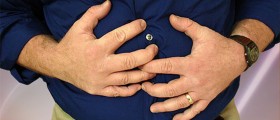
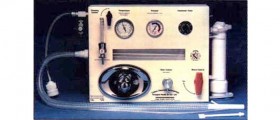
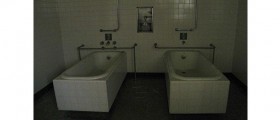
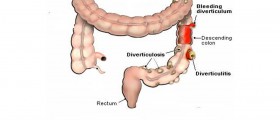



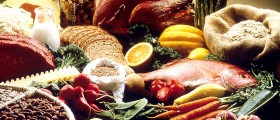
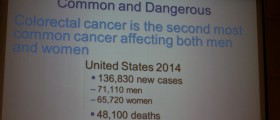
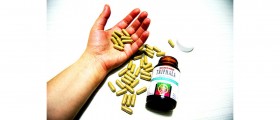
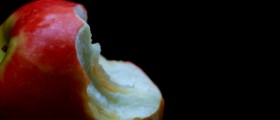
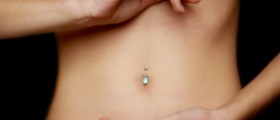
Your thoughts on this
Loading...